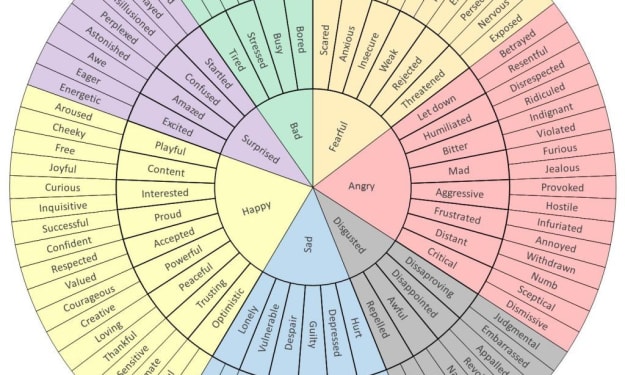ECT: The Real Story
What's Actually Involved in Electro-Convulsive Therapy

There are a lot of myths out there about electroconvulsive therapy (ECT), sometimes referred to as shock therapy, and quite a lack of accurate information. Probably the most common misperceptions come from the film One Flew Over the Cuckoo's Nest, where ECT was essentially administered as a punishment, there was no anesthetic, and Jack Nicholson's character was incoherent afterwards. The reality of ECT is very different; it's a legitimate and very effective medical treatment, not a torture strategy.
ECT works by applying an electrical stimulus to the brain to induce a controlled seizure. This helps to "reset" malfunctioning neural circuits, although the exact mechanism isn't known. It can be very effective in major depressive disorder and bipolar disorder, and it is sometimes used in schizophrenia. Treatments are given up to three times a week during inpatient treatment. Outpatient ECT is also performed, although it is used less often than in the inpatient setting. ECT works much more rapidly than antidepressants, which can be particularly desirable for people who are actively suicidal. Someone may start to respond within a week to ECT, compared to four to six weeks with an antidepressant. A course of treatment may be eight or more treatments, depending on individual response. Some people require ongoing maintenance treatments to maintain stability with their illness.
Prior to the ECT procedure, a person is given a short-acting anesthetic and a muscle relaxant. Because of the muscle relaxant, there is no visible convulsing. The seizure activity is instead monitored on an EEG (electroencephalogram) tracing.
The ECT machine generates an electrical stimulus that is delivered via two electrodes. The electrodes may both be placed on the same side of the head (unilateral) or opposite sides (bilateral). Bilateral is more effective, but also carries greater risk of memory loss.
Side effects shortly after ECT include confusion and headache. There may be memory loss, which is often short-term and temporary. ECT is considered safe in pregnancy.
My first course of ECT was in 2007, when I was first hospitalized for major depressive disorder. I was extremely ill, and I was actively suicidal. Unilateral ECT was ineffective, so I was switched to bilateral. I had a total of 18 treatments. I didn't have any side effects right after ECT, and often I felt a boost in my mood later in the same day of a treatment.
I experienced more memory loss than is usual. I experienced short-term memory loss that continued during the time I was having treatments. I didn't notice this as much as my family did; I would often ask them the same questions over and over again. I also had memory loss that extended back a few months prior to my hospitalization. I didn't forget everything, but there were significant chunks of time that were missing. Some of it came back, but most didn't. It was odd to later look at pictures of me without having any memory of that time, or to find things in my home without having any clue how they got there.
I had no lasting effect in my ability to form new memories. In 2011 I was hospitalized again for depression with suicidality, and I had another long course of bilateral ECT, around 17-18 treatments. While I had the same short-term memory disruption, I didn't have anywhere near as much memory loss from pre-hospitalization as I did in 2007.
In 2012 I tried a few outpatient ECT treatments, but it didn't end up being logistically very feasible. Because you're given anaesthetic, most outpatient ECT providers will require that you have someone to drive you home and stay with you for the rest of the day. At that point in my life it just wasn't something that was feasible.
Despite the effects on my memory, if I got sick enough to require hospitalization again, I would do the same thing I did in 2011: take myself into hospital and ask them to give me ECT. It works, it's safe, and with a life-threatening illness, for me, some memory loss is fair game.
About the Creator
Ashley L. Peterson
Mental health blogger | Former MH nurse | Living with depression | Author of 4 books: A Brief History of Stigma, Managing the Depression Puzzle, Making Sense of Psychiatric Diagnosis, and Psych Meds Made Simple | Proud stigma warrior






Comments
There are no comments for this story
Be the first to respond and start the conversation.